We know exactly what you should get your company for the Holidays: Windows 10 Pro!
In case you haven’t heard, Windows 7, one of the most loved operating systems to date from Microsoft, will reach the end of it’s life on January 14th, 2020. Windows 7 was and has been a popular operating system in healthcare, government, financial, and entertainment industries. Many organizations and companies from these industries are still using Windows 7, even with January 14th right around the corner.
If your company or organization decides to stick with Windows 7 after January 14th, you must take into account the risk of becoming a victim to a malware attack. After this date, Microsoft will discontinue support of Windows 7. This means they will no longer release security patches for the operating system. This will result in security vulnerabilities that remain un-patched. These vulnerabilities make it easy for hackers to infiltrate the computer and gain access to sensitive company data.
Lessons Learned.
While many like to think ransomware or other malware attacks will never happen to them, it could and does. In 2017, the ransomware, WannaCry, devastated many businesses and organizations. This attack demanded ransom payment in bitcoin after stealing the company’s data. WannaCry leveraged the Eternal Blue vulnerability. Using this as an entry point, the virus was able to spread laterally across organizations. In this attack, many companies lost very large amounts of money and data.
Ironically, users of Microsoft’s operating systems had the opportunity to update with a security patch 2 months before the attack even started circling. Even though Microsoft flagged this patch as a critical update, some machines were still left unprotected.
Most machines affected by this attack were operating on Windows XP. Windows 10 machines could also have been vulnerable, but due to the system’s automatic update feature, nearly all the machines were protected.
WannaCry is still infecting machines today. This is likely because few organizations are good at keeping up with patch updates. Other EternalBlue-based attacks are also striking. All a hacker needs to find is a machine that doesn’t have the vulnerability patch installed. For those who don’t have those patches installed, it’s only a matter of time before a hacker finds them.
This goes to show how vital security patch updates are. For a users still on Windows 7 after January 14th, patches will no longer be available. Vulnerabilities will go unpatched, sensitive data will be at risk.
Our Recommendation
If you haven’t already, our recommendation is to update your machine(s) to Windows 10 Pro. With Window’s newest operating system, you will continue to operate safely. Windows 10’s default is to automatically update new patches to make sure you stay as secure as possible. If you don’t like this feature, you can turn off the automatic updates, however, leaving it on ensures that you will always have the most recent updates.
To learn more about what Windows 7 end of life could mean for you, visit our post about Windows 10. Here, you’ll also find out new Windows 10 features.
